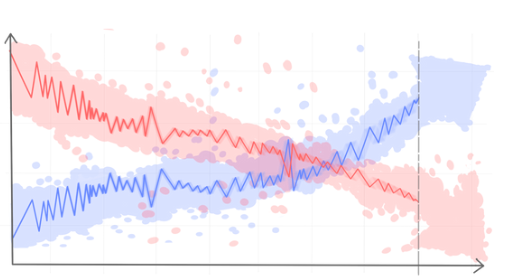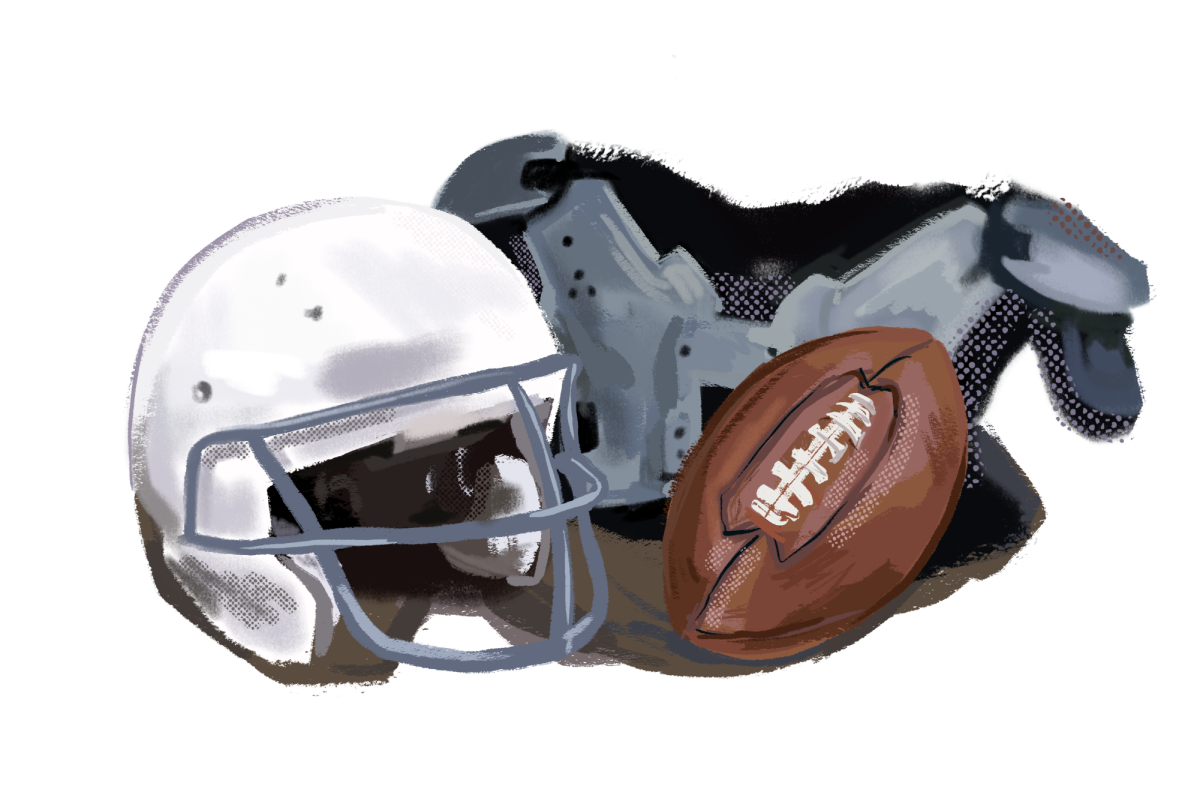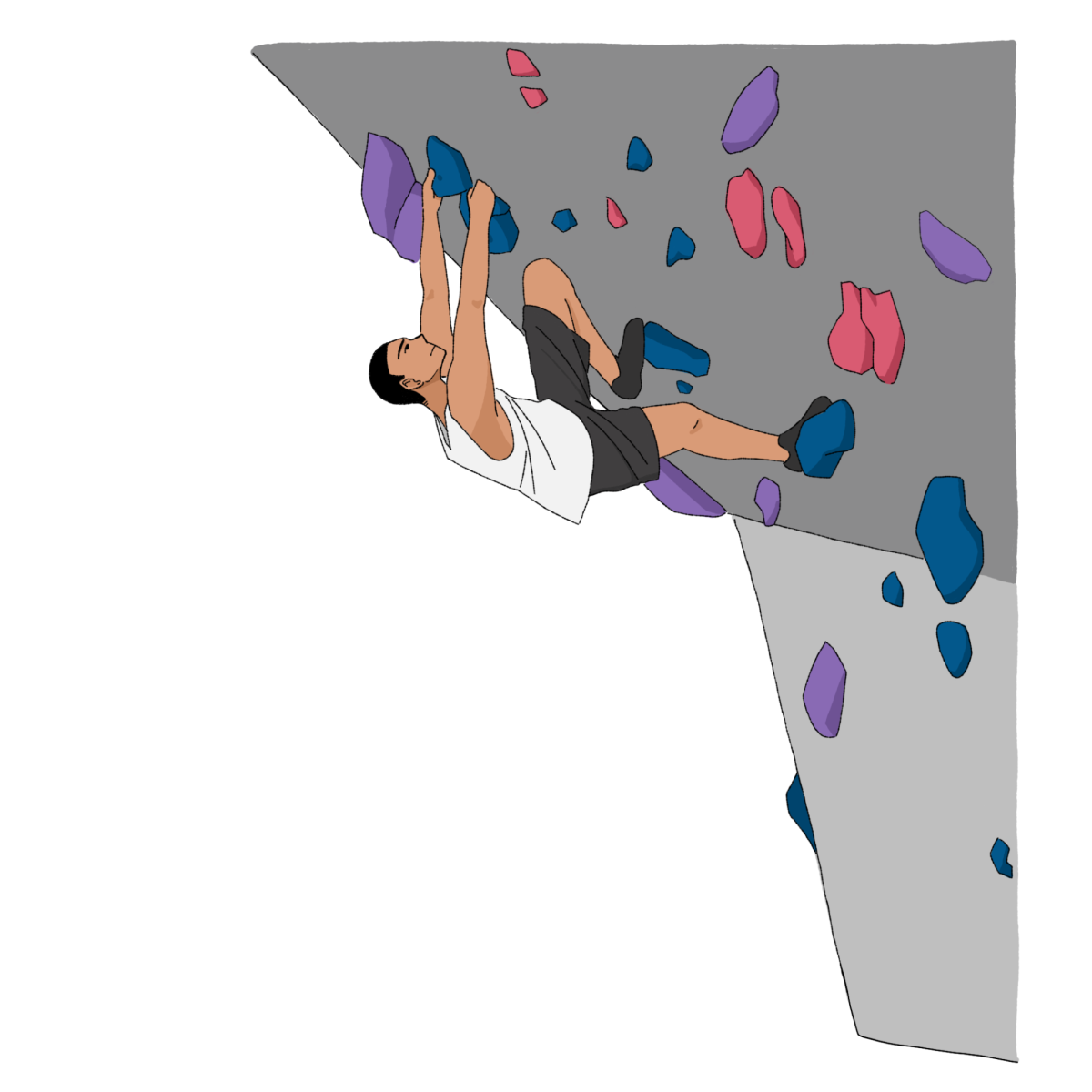Recently, with the growth and acceleration in developing data analysis technologies, predictive analytics has grown to be more effective than ever. Getting statistics from different observations — which was once difficult to obtain accurately due to a degree of human error — has now been expanded and refined with the help of advancing technologies. This has caused a surge in the use of projections and other statistics models in different business sectors, including sports.
This increased reliance on data science and projections has been seen before in the early 2000s with the “Moneyball” era in sports. This term refers to a time period after the Oakland Athletics built an extremely successful baseball team using statistics and many other Major League Baseball teams followed suit. According to AP Statistics teacher Rachel Congress, however, the shift to relying on data science inspired by the Oakland Athletics eventually tapered off, as qualitative data collected by the human mind took the forefront again.
“With (this) era of baseball, the pendulum swung in the direction of ‘data is the way to go,’” Congress said. “But then the pendulum started to swing the other way in that there are things that humans see that the data doesn’t pick up.”
Currently, the increased frequency of statistics usage can be clearly seen in sports management. According to Congress, new technologies provide the opportunity to analyze a player more fully by examining even more data than before, aiding teams in crucial decision-making processes.
“For example, (in) football, they’re starting to put sensors inside the football uniforms that track how fast the players are running and what path on the field they’re taking, and that is so groundbreaking,” Congress said. “You can do so much more when you’re not just viewing players from above, but when you’re actually getting that data from down on the field. That, in turn, is being used more effectively to train players, trade players and make draft picks.”
With the understanding that society is shifting towards a focus on the use of data science, lawmakers are also finding it useful in decision-making, as projections can predict the impact of actions by the government. However, according to economics teacher Jeff Patrick, there are some drawbacks to the use of these projections in policy-making when the decision-makers put their own needs over the people’s.
“I think the issue occurs when people have an idea about a policy that they would like to see put in place, (but) they neglect the economic impact of it for either individual or group gains versus what’s better off for the entire society,” Patrick said.
Such a shift to using statistics also creates a newfound use for collected data. According to vice president of the Data Science Club junior Jolie Zhou, the use of past data becomes increasingly important to use as a tool to analyze trends and apply them to the status quo. The findings can then be used as a boon for workers and the world as a whole.
“A lot of the data that we’ve gotten from the past is meant to help us navigate the future, so having predictive analytics will help us do that better and make sure that we have a good analysis of what could happen (in the future),” Zhou said. “For example, in the healthcare industry, because of predictive analytics, we’ve gotten a lot more data on what could happen, and it’s helped a lot with preventative care.”
Due to the widespread use of statistics and quantitative analysis, it is important for statistics to further enhance society. According to Patrick, it is also necessary for the people to properly understand the statistical results that they see.
“Hopefully, (the models) get more accurate and become more widespread and understood by people so that we are looking at the same thing and contextualizing it the same way,” Patrick said.






























